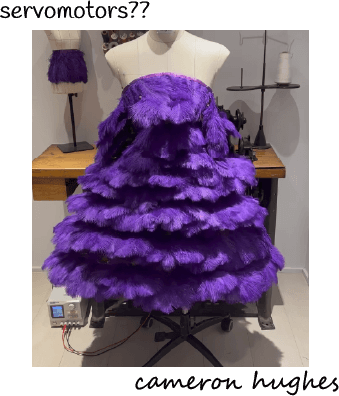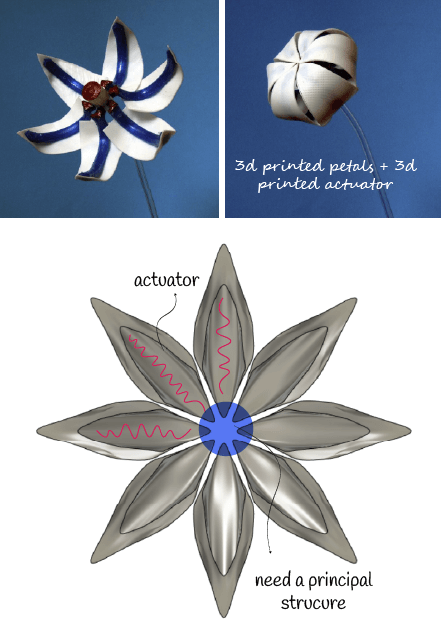Next Steps
▪ What would I change? ♾️
As someone said at the beggining of the program: The final project isn't the final, is the begginig. I think my result is still just another prototype, which I need to polish and improve. By doing that I want to incorporate the comments of the final judges and think of an accessory that can be used as part of an introvert's outfit. Also I think that to continue making accesories that I really like, it would be better to change the name of the project, instead of calling it "Glow" because not every accesory will have glow in it but all of them will be made to celebrate introversion as well.
In order to achieve that, I think I'm almost done with the first-person design, this will be really useful to start designing in 2nd and 3rd person. This experience and developent with myself has been the start point to understand other's requeriments and feelings, all of this combined will make it possible to design for introverts' wellbeing and to celebrate them in the best possible way. I'll read more about design methodologies to follow some guidelines to connect everyone's requeriment and pulish the construction of the accesories.
PD: I defined this requeriments that I adressed during this time ⬇️
▪ What I learned? ✔️
I thought that designing for myself will be really easy, but when I started to think about objective and subjective things that are gonna be in my desing it was really difficult to find the answer or the requeriments for the designing stuff. I got confused so many times about the concept, the idea, the sketches and more, but defining an specific goal helped me so much. I was focusing on demonstrating that introverts can shine in a world full of outgoing people so I decided not to change that goal and just keep changing the plans to achieve that goal.
I spent a lot of time learning about electronics, now I'm less afraid about that and while learning it I kept learning a lot about myself. So, I didn't learn only about making a circuit, an schematic, a board, soldering, 3d printing... I learned to listen to myself and exploring my ideas until I have (almost) evertyhing clear.
▪ Recommendations 📓
▪ Make a good organization of the time. I didn't made a nice schedule for working during this time, some weeks were really messy and I had to go faster on many things that I wish I have done better
▪ Try to document each week or in every step
▪ For soldering > Keep practicing, I thought I knew how to make it but then I just made lot of mistakes and that cost me lot of time!
▪ Don't be afraid of sketching and prototyping. I'm the type of person that designs like 10 ten times in her mind (not drawing) and just protoype once because I don't like to waste material (did you know that designers are big polluters of the planet?) but I realized that making prototypes and testing the things are the only way to make things better. So this is a friendly reminder for me and for others: capture the ideas on paper or digital is better than keeping the idea in the mind and prototyping saves time and leads to better things, but always review the designs before so you don't get useless prototypes.
Other thougths 💭
I had the initial idea to complement the neck piece with some beautiful petals around the neck and shoulder, but I didn't made this for the project because I realized that it wasn't something that really matches with the goal of the project and my personal goals. Anyway, I found this idea really attractive for other purposes and it would be really nice to explore this field also adding the movement to the petals. So, here is some information I searched that could be useful:
▪ Mecanisms for petals

▪ Cameron Hughes -> Feathers dress

▪ Shape Memory Alloy demonstration
▪ Multi-Objective Design Optimization of a Shape Memory Alloy Flexural Actuator
▪ Soft Robots - 3D printing artificial muscles
▪ Instructable for artifical muscle with 3D printing
▪ Tandem actuation of legged locomotion and grasping manipulation in soft robots using magnetic fields